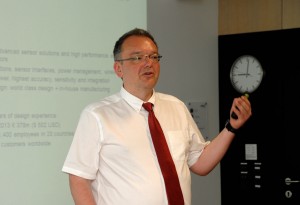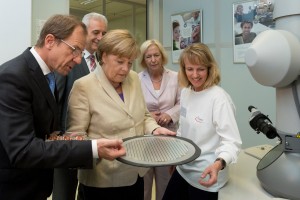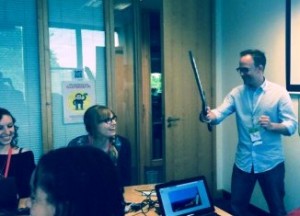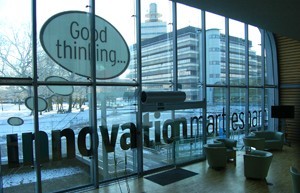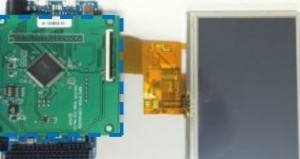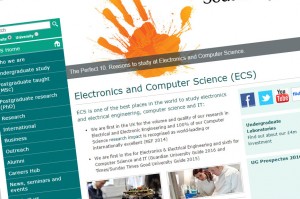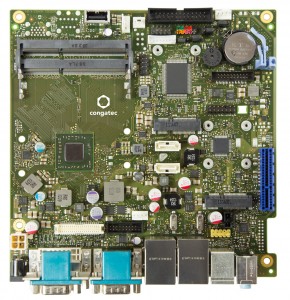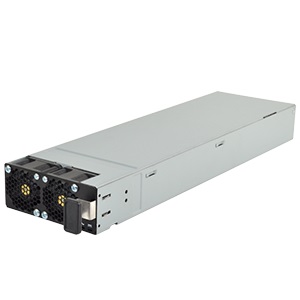NXP has sold its CMOS sensor business to Austrian mixed-signal chip firm ams.
NXP is currently in the middle of a merger with US chip firm Freescale Semiconductor.
Earlier this summer NXP also agreed to sell its RF power business to Chinese private equity firm Jianguang Asset Management for $1.8bn.
The sale of the RF power business, which supplies RF power amplifiers to the mobile phone basestation market, seems to have been a element in the proposed merger of NXP with Freescale Semiconductor.
Proceeds from the sale of the RF Power business will be used to partly fund the acquisition of Freescale.
Now the sensor business, which includes humidity, pressure and temperature sensors, is to be sold to ams for an undisclosed amount.
According to Thomas Riener, executive vice president, marketing and strategy at ams:
“The acquisition of NXP’s CMOS sensor business expands our existing environmental sensor technologies and is a synergistic addition to our chemical sensor capabilities and smart lighting solutions. This portfolio makes ams the one-stop shop for environmental sensors.”
Ams is already has its sensors designed into smart phones and it is looking to expand this to wearables, smart buildings and medical markets.
It is looking to develop integrated sensor devices combing a processor, wired and wireless interfaces and power management.
“Environmental sensors can replicate and enhance human responses by monitoring and measuring smell, pressure and temperature. By capturing this information electronically, data-driven decisions can be made automatically and efficiently,” said Riener.
The new additions to the environmental sensor product portfolio are available for customer sampling now. Temperature and relative humidity sensor solutions will be in mass production early in 2016.

